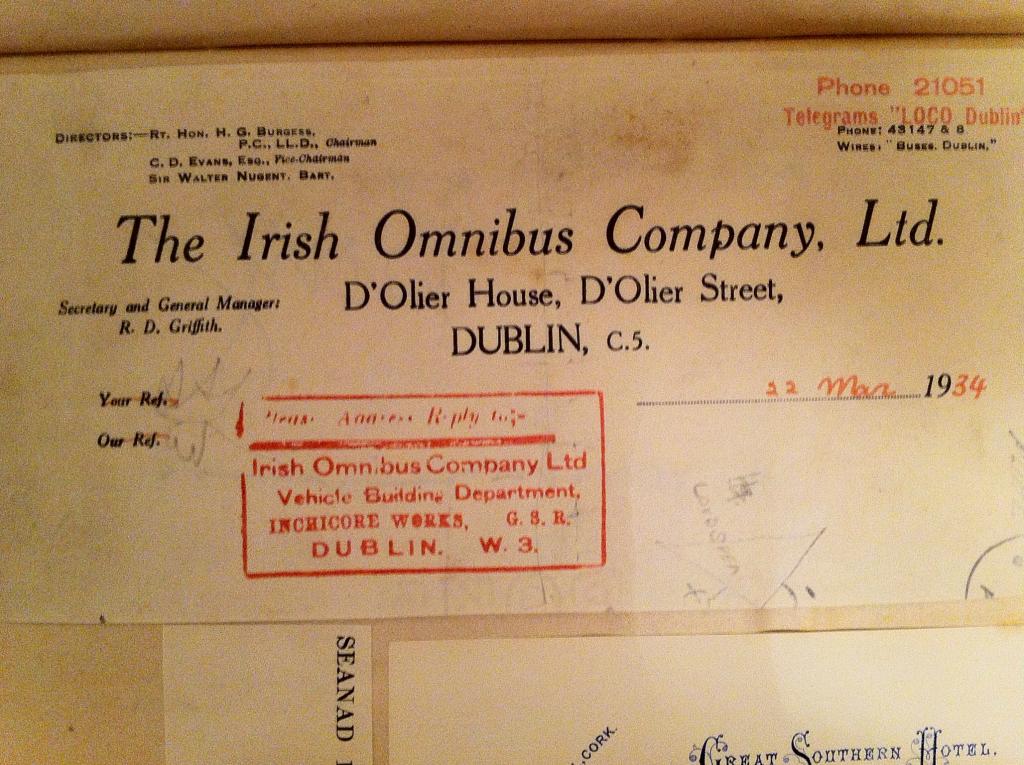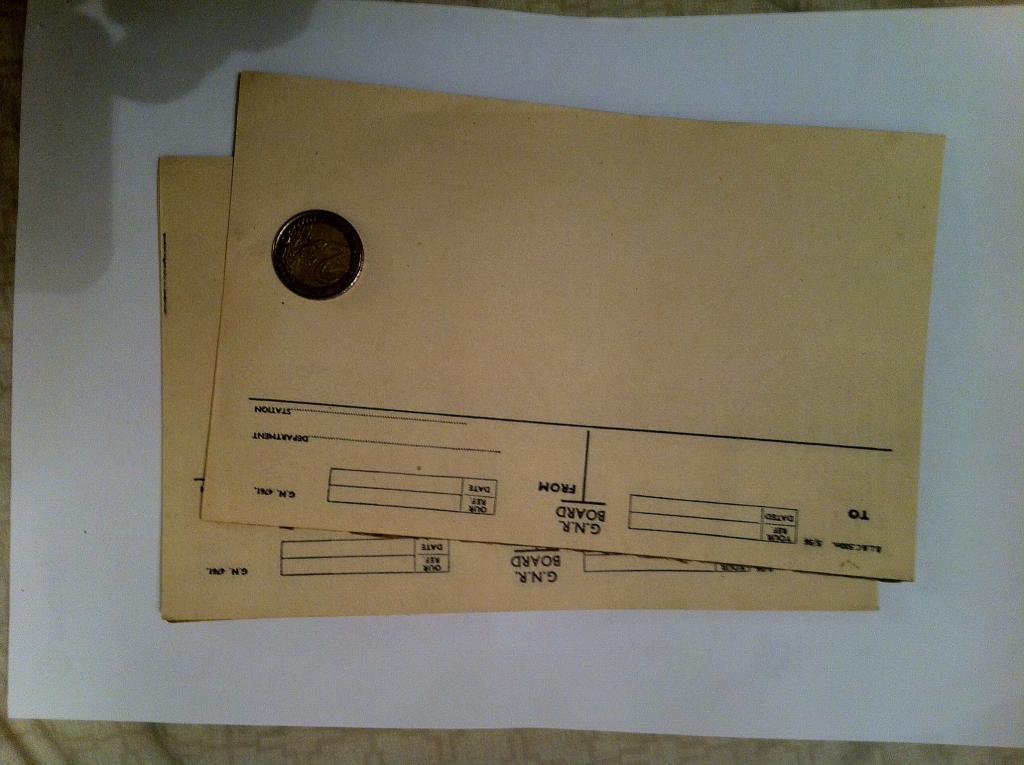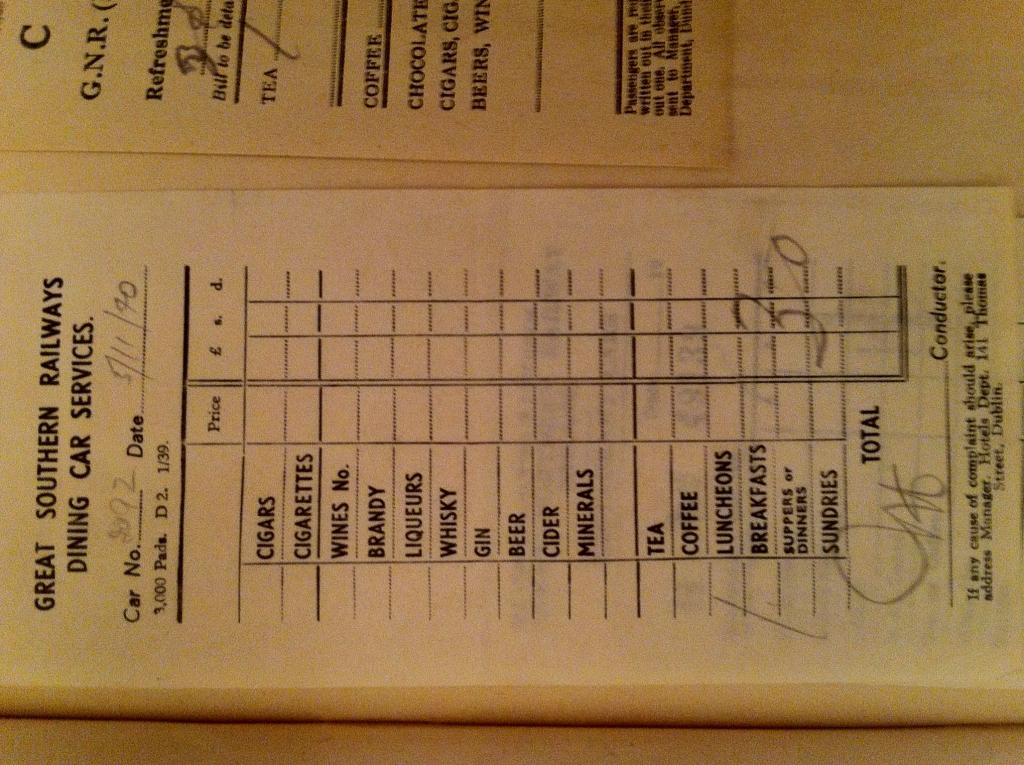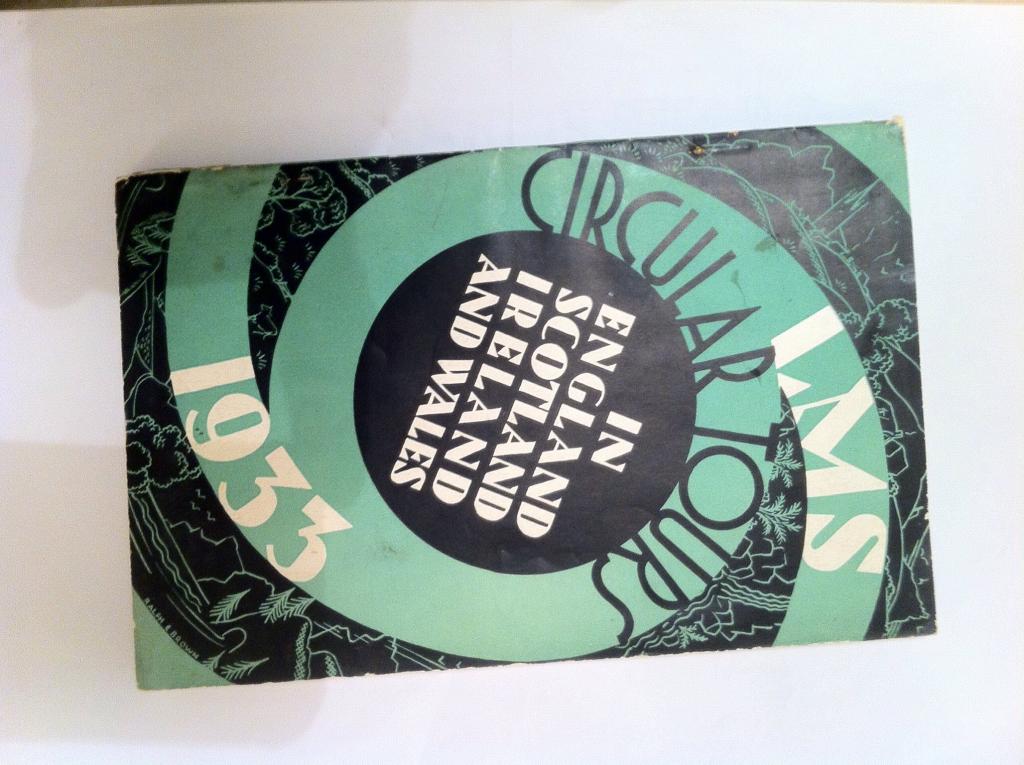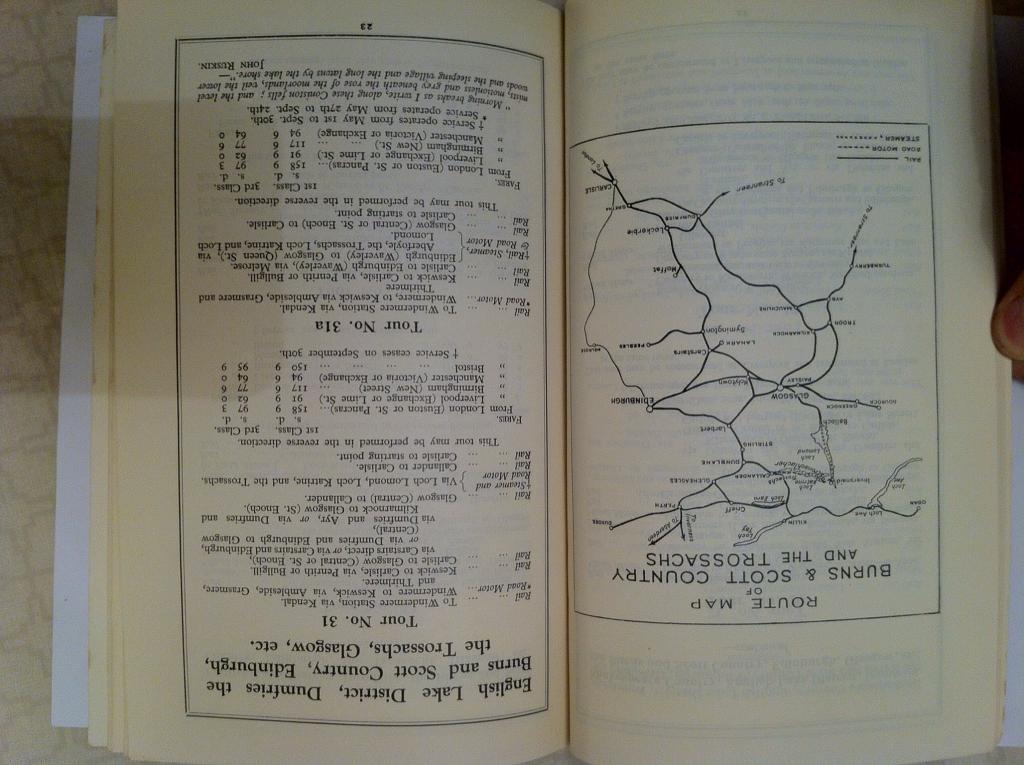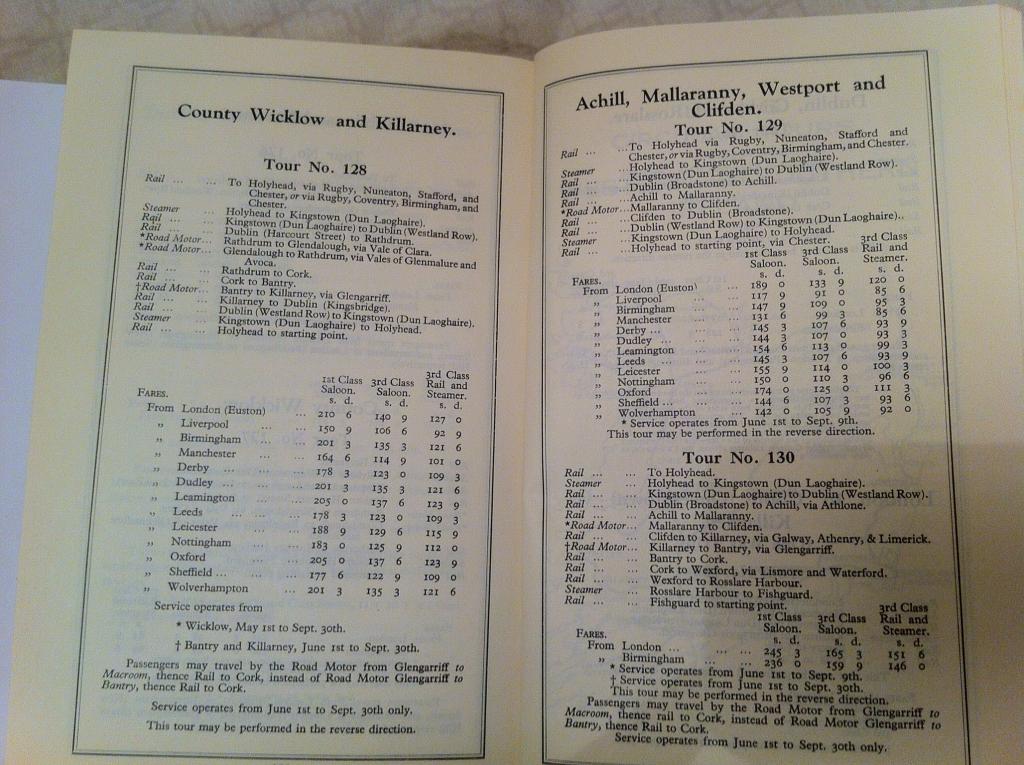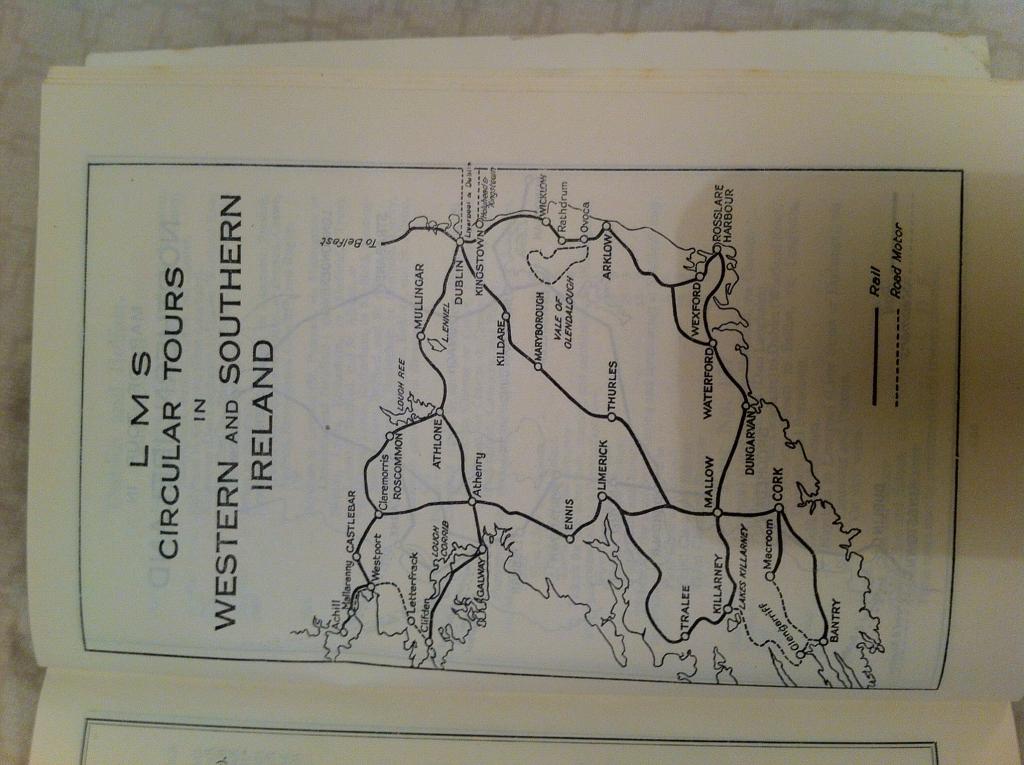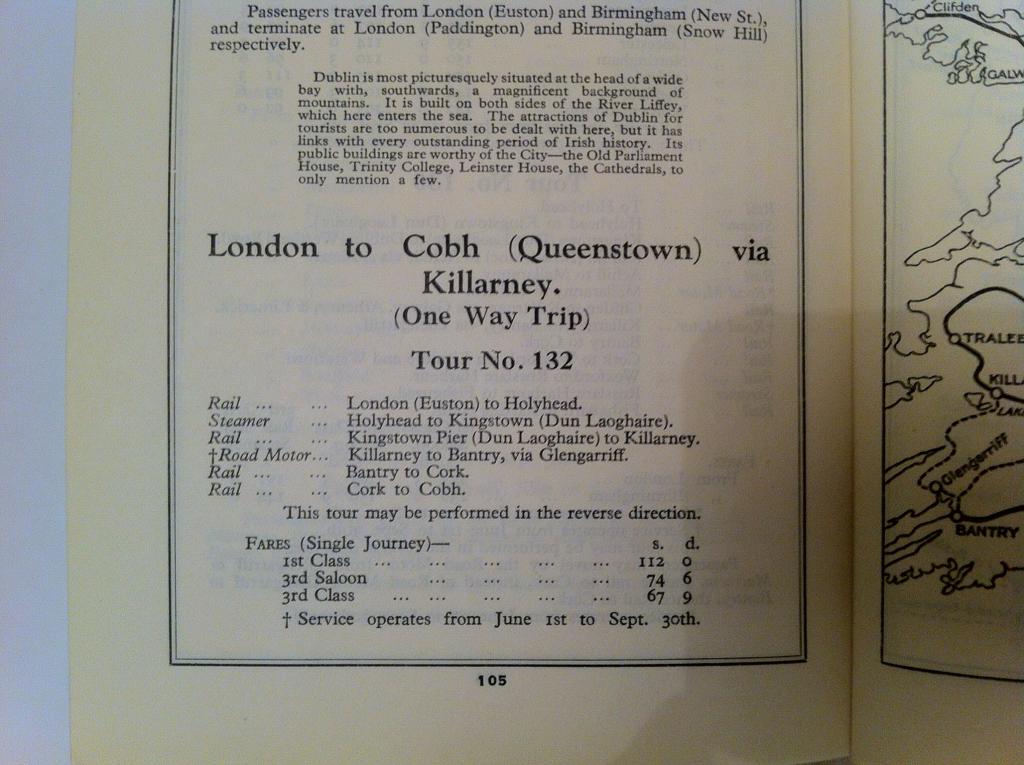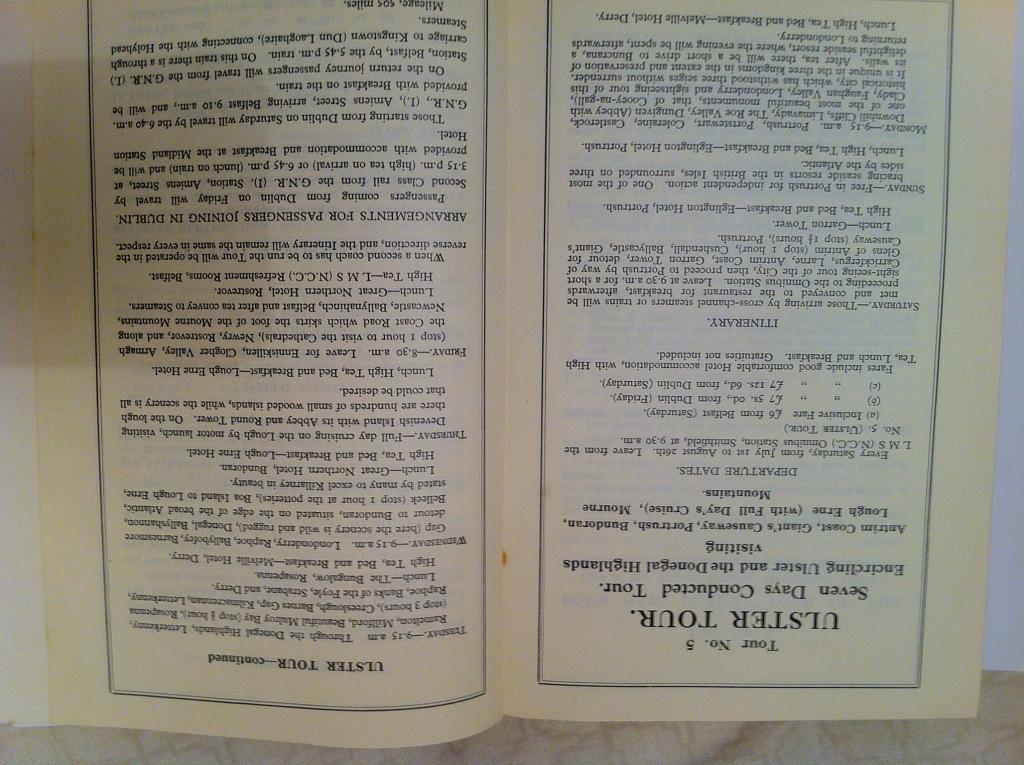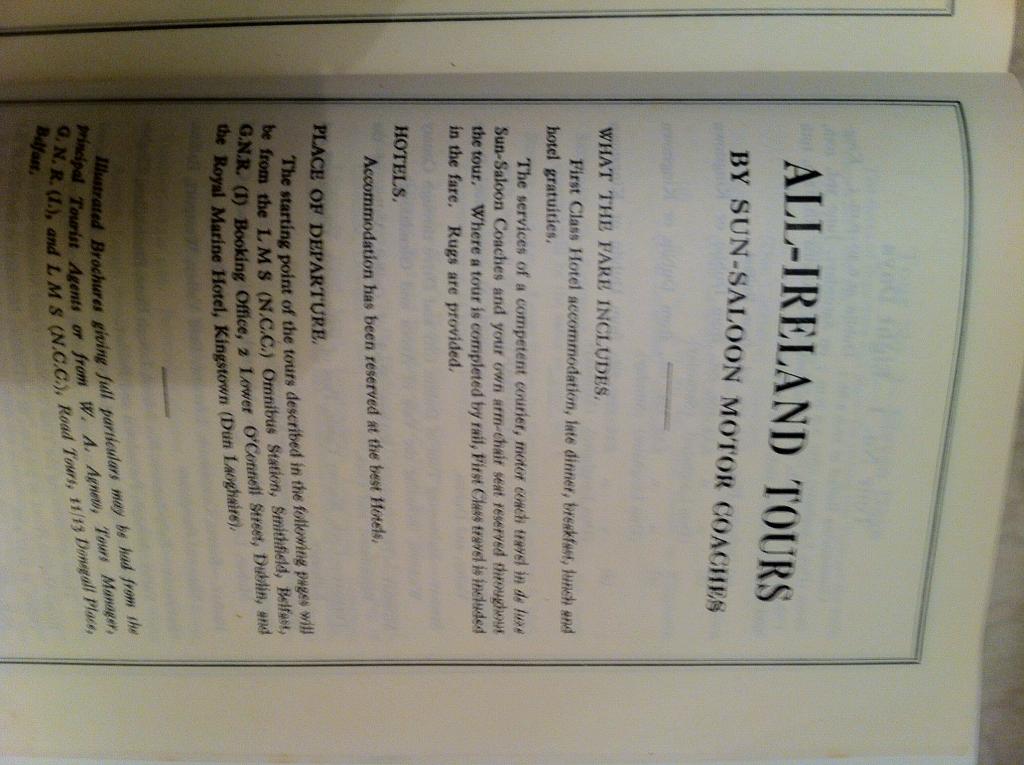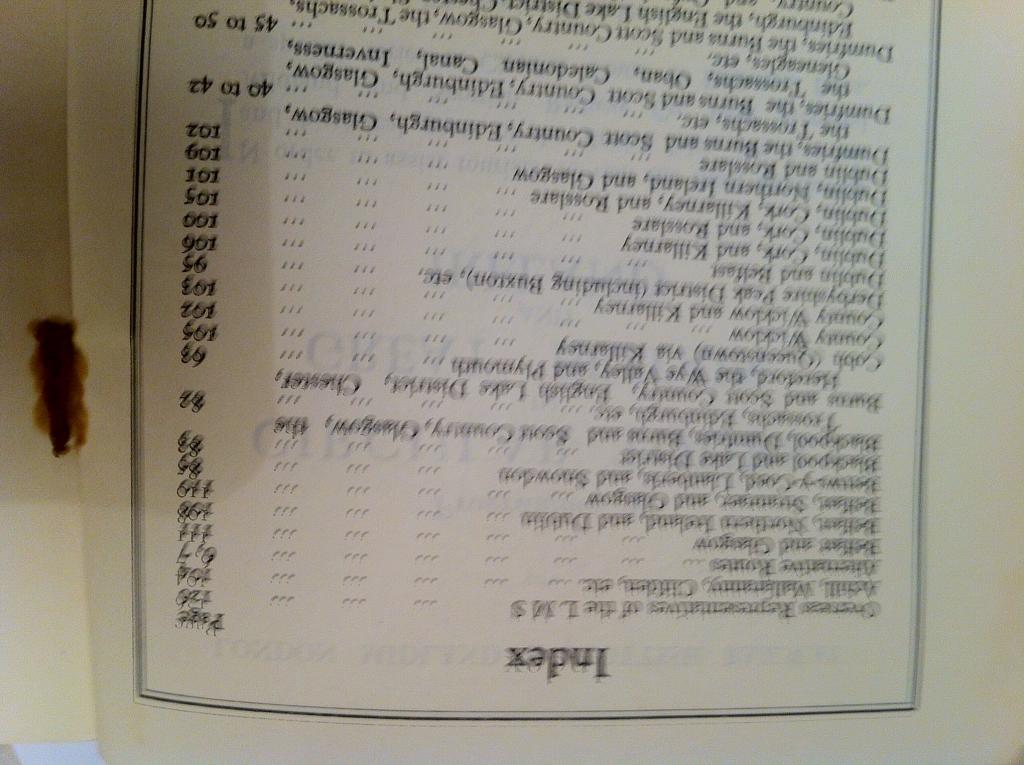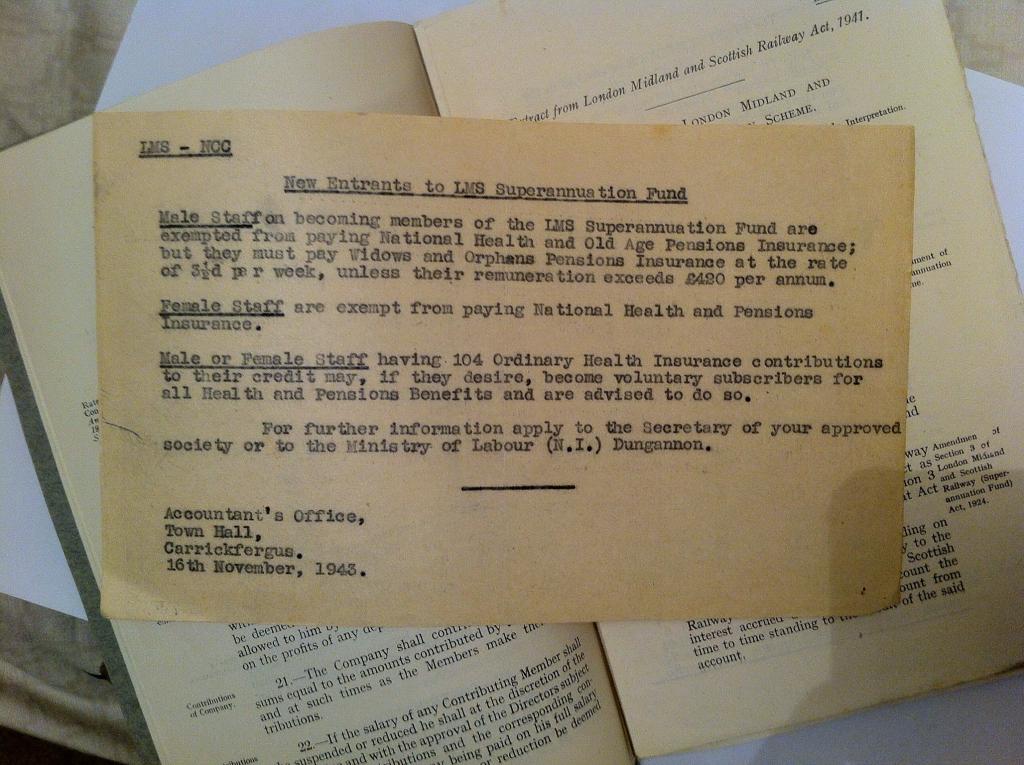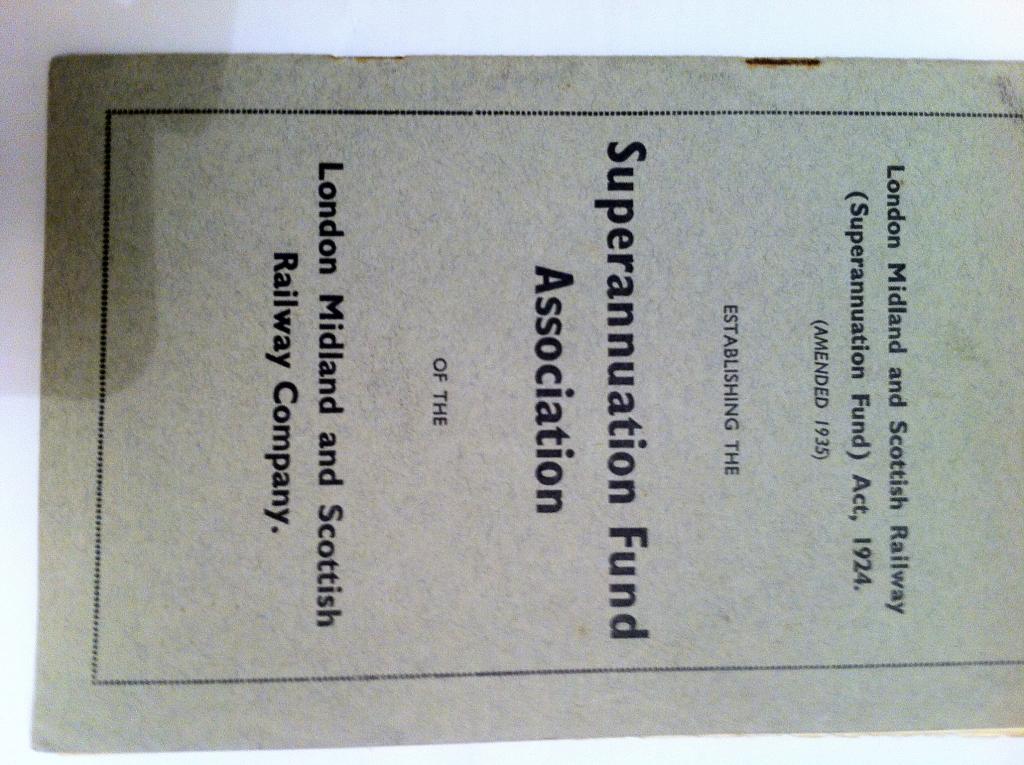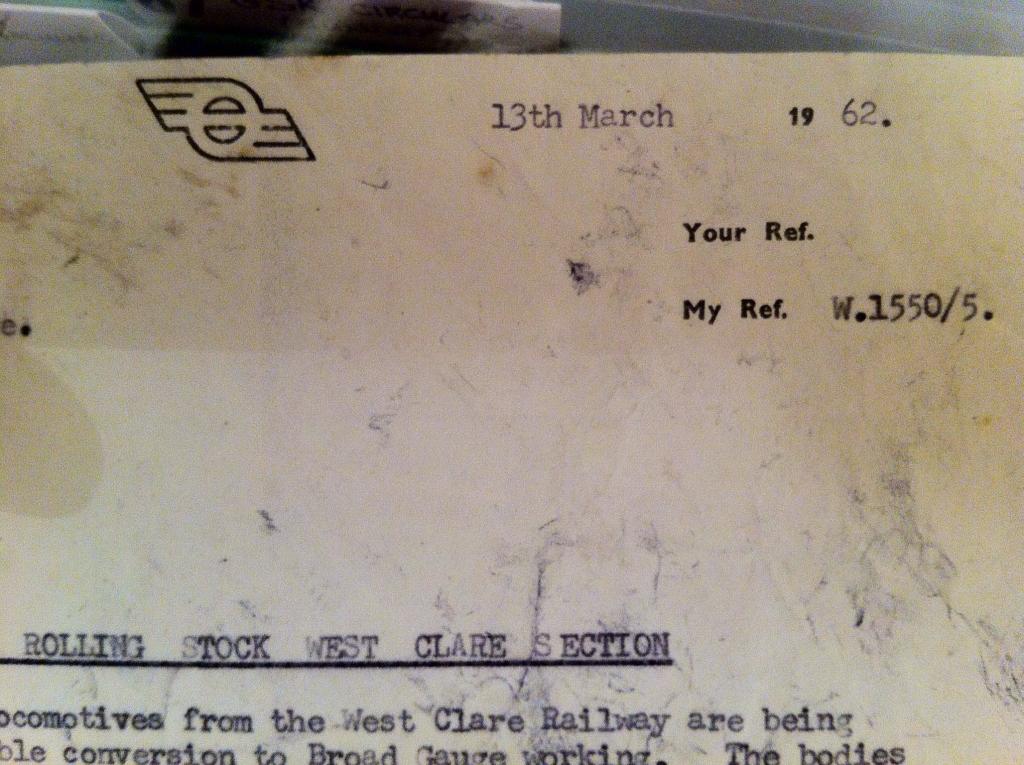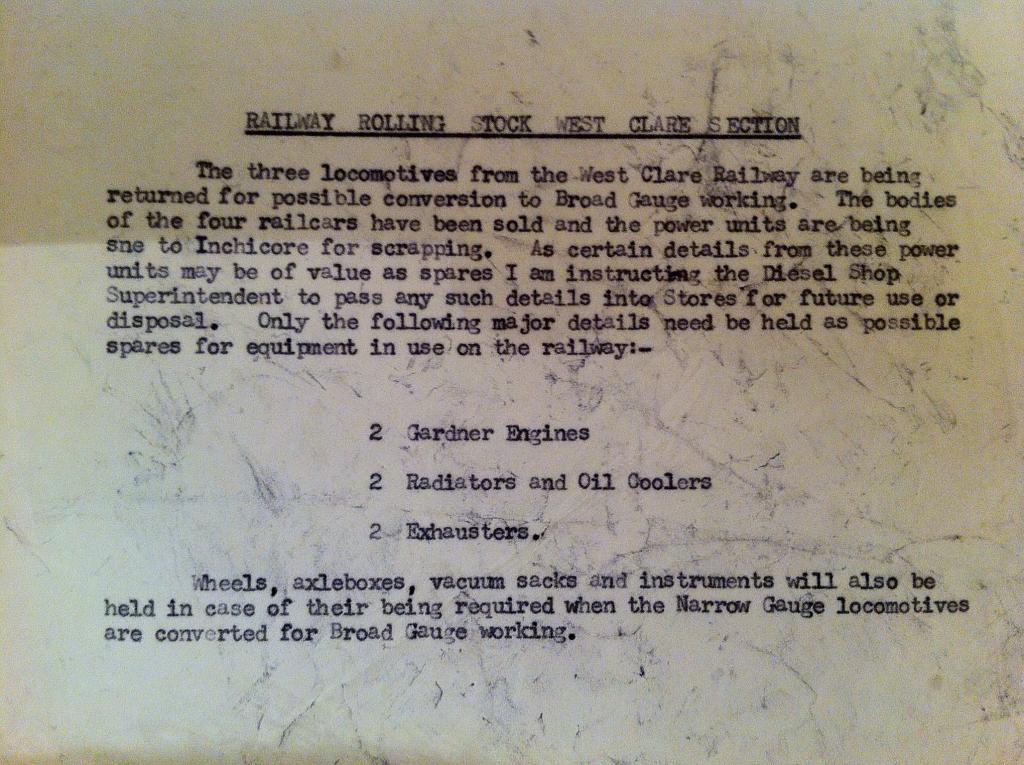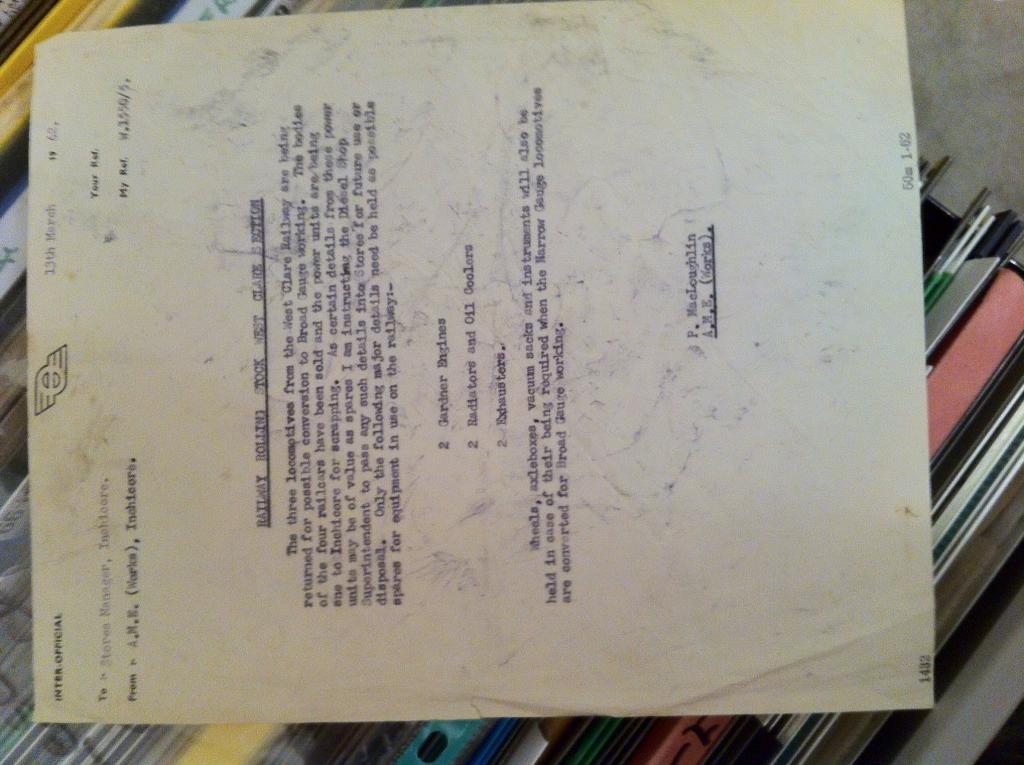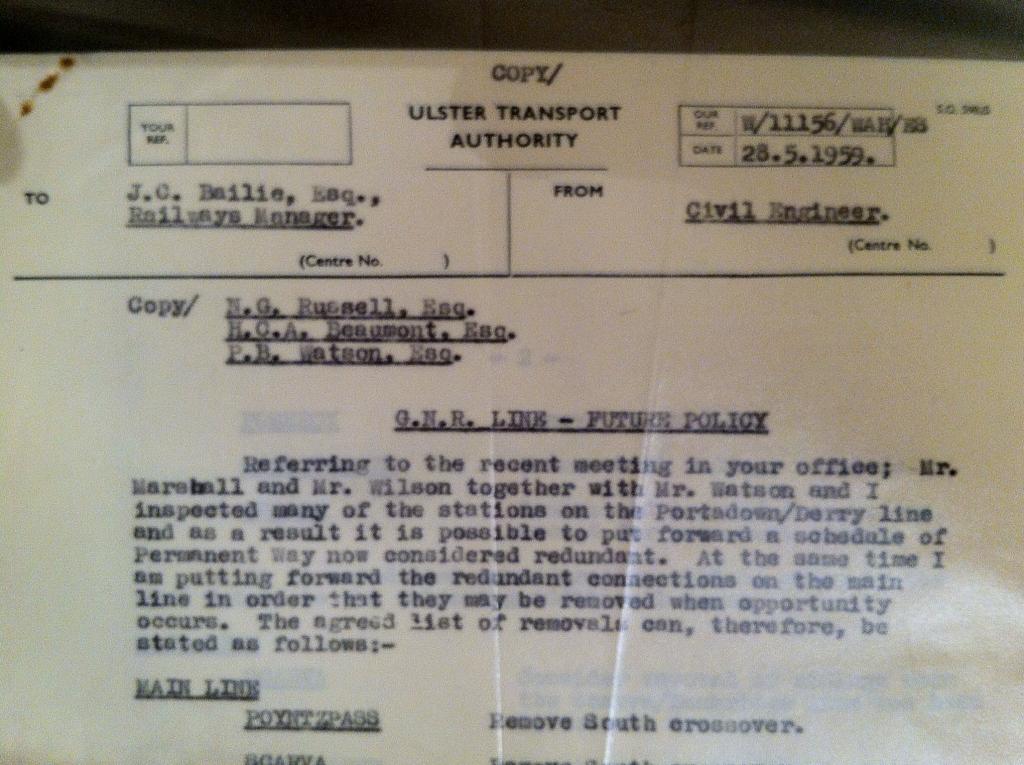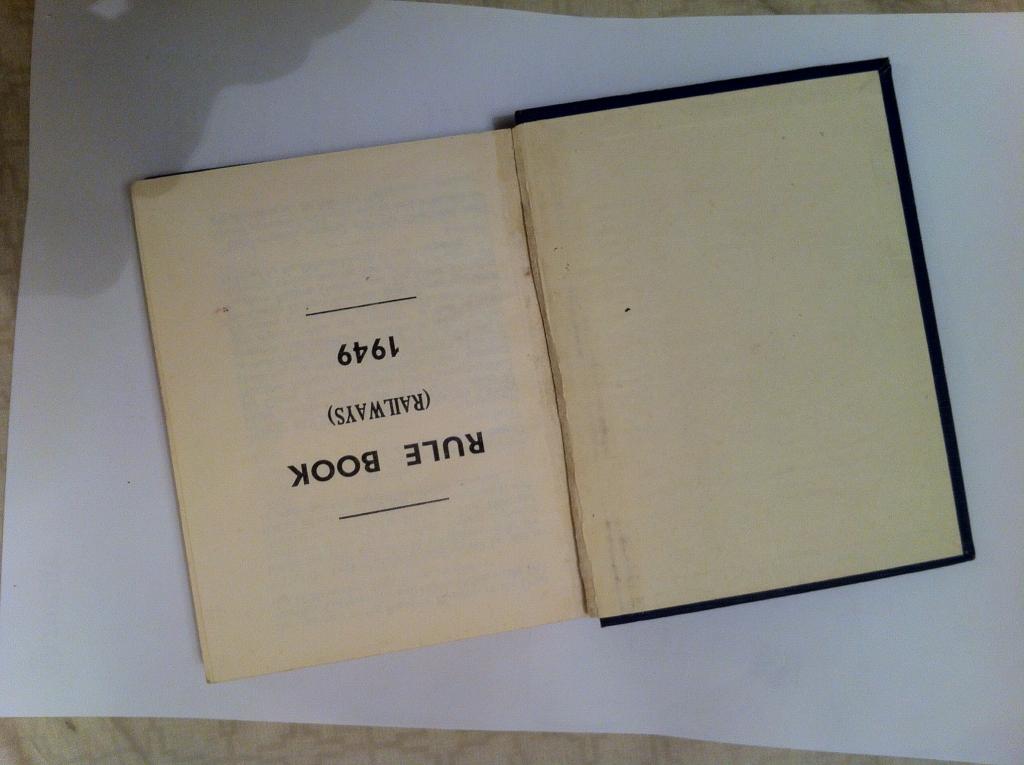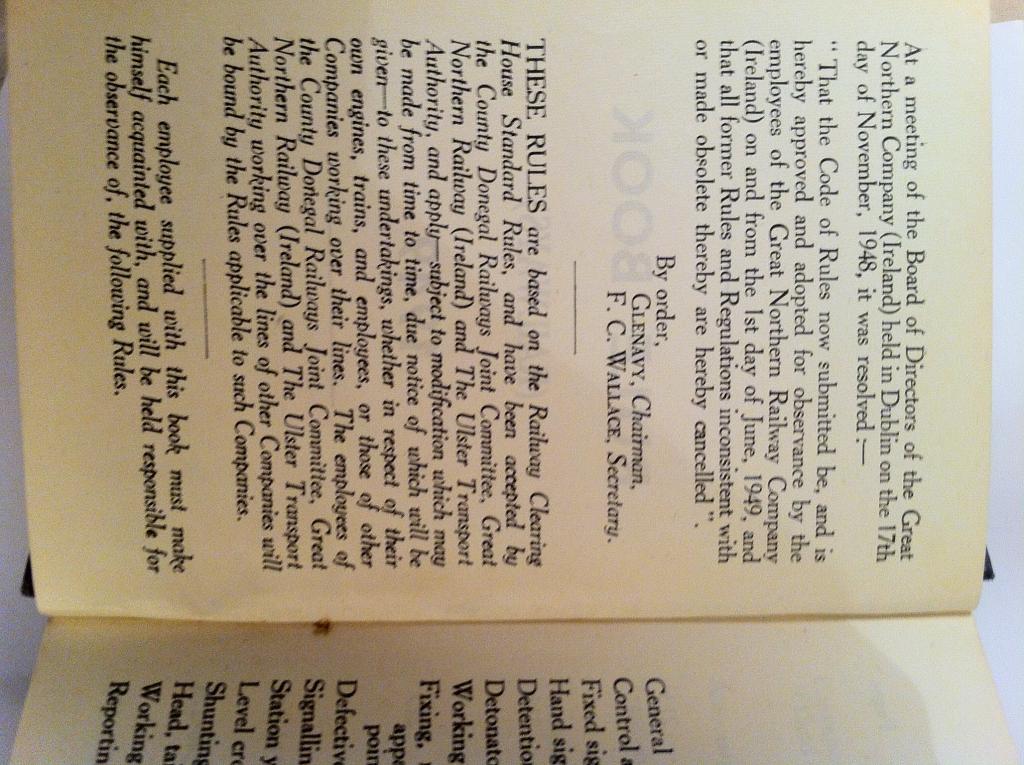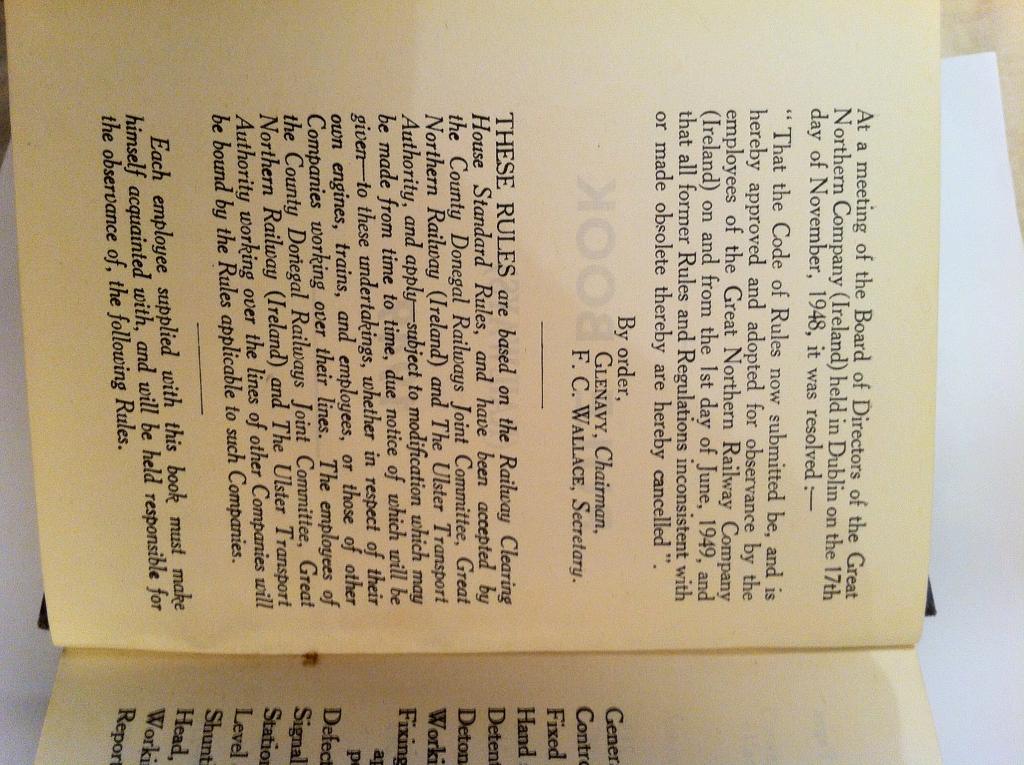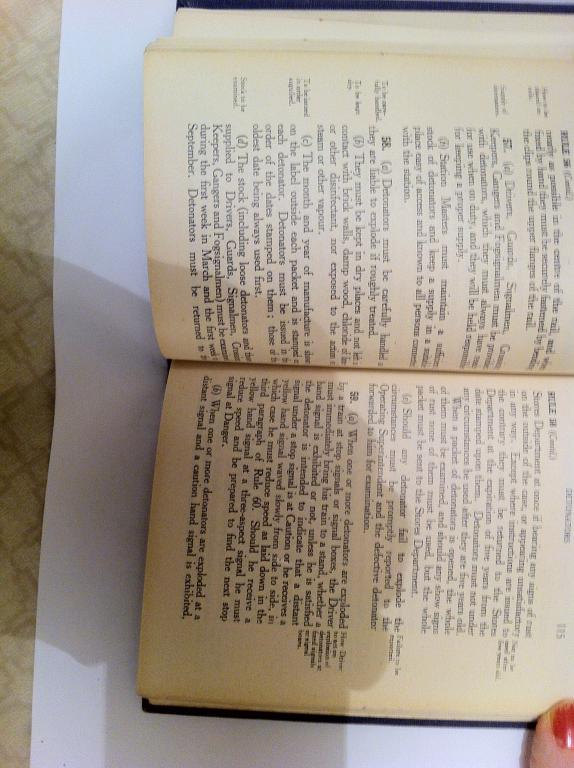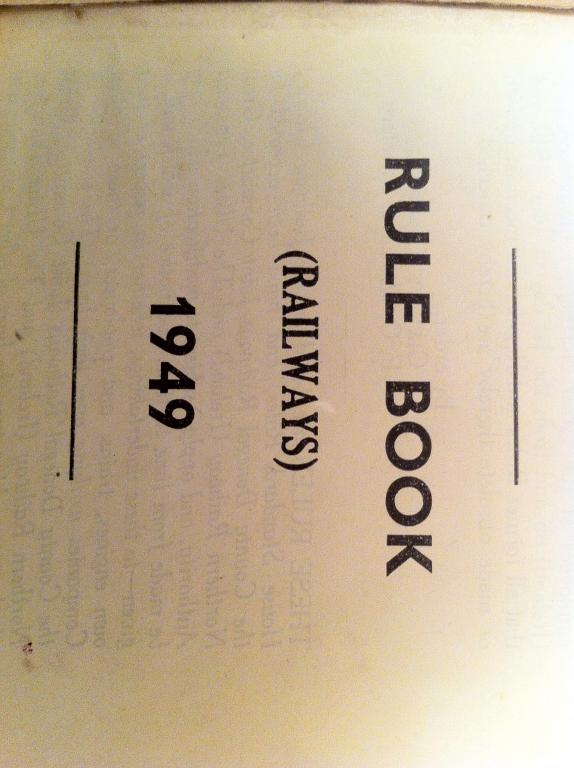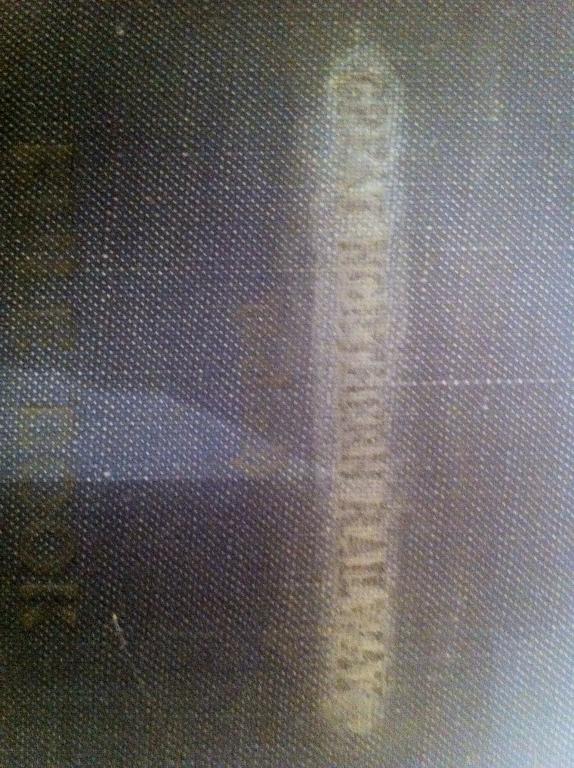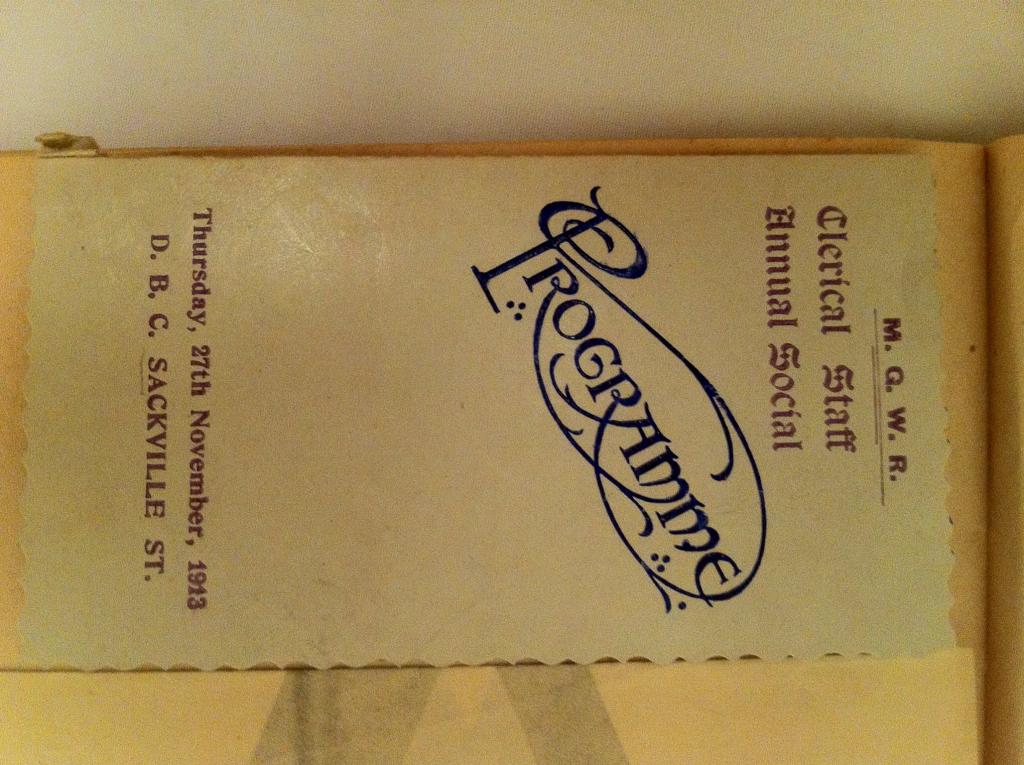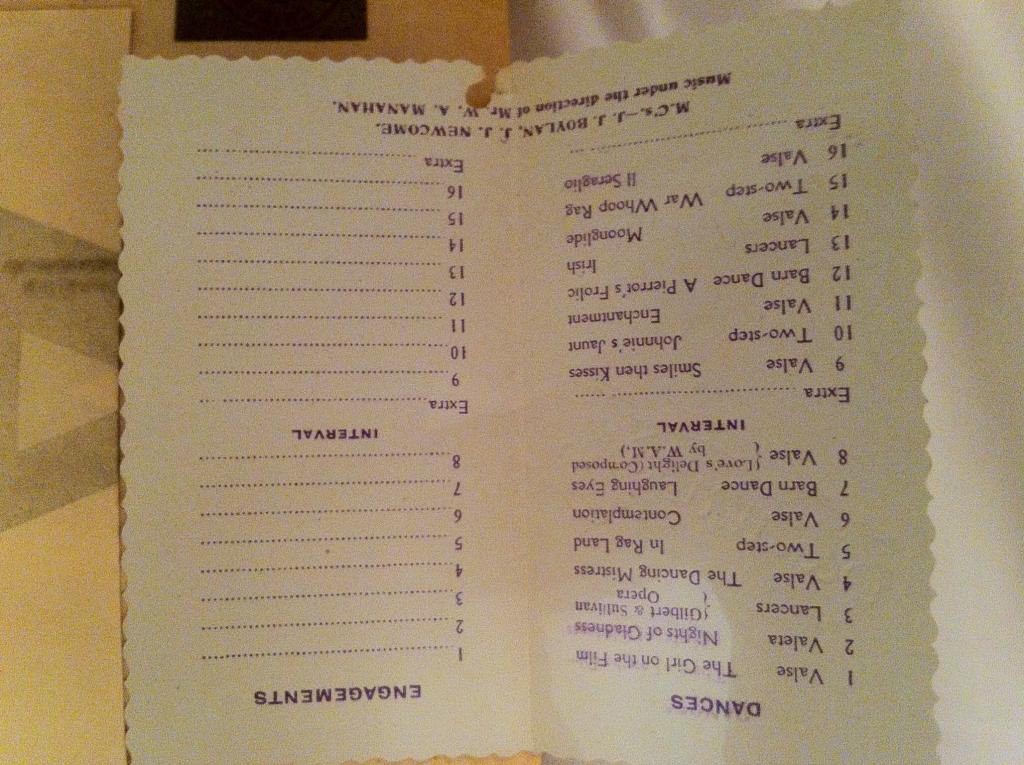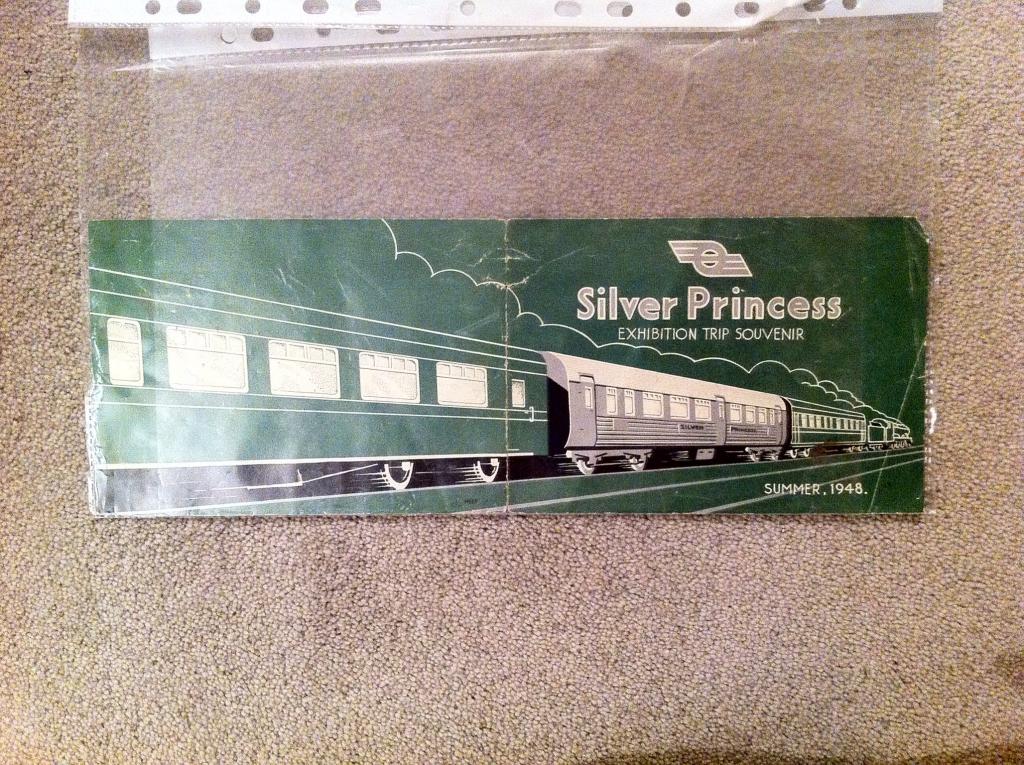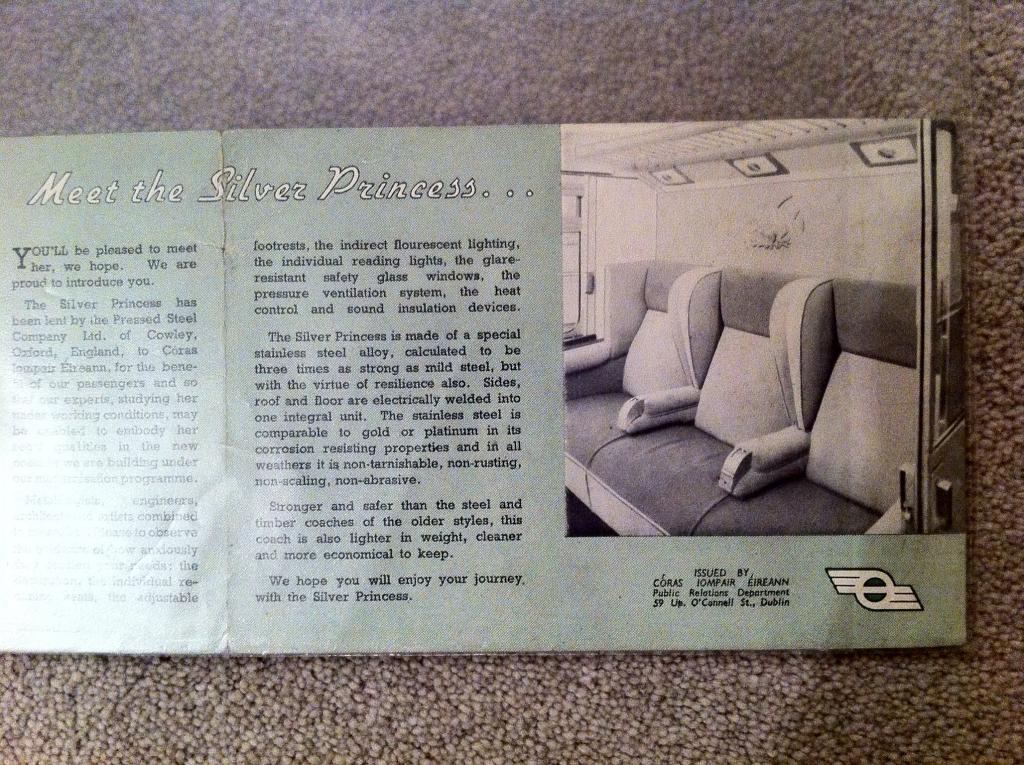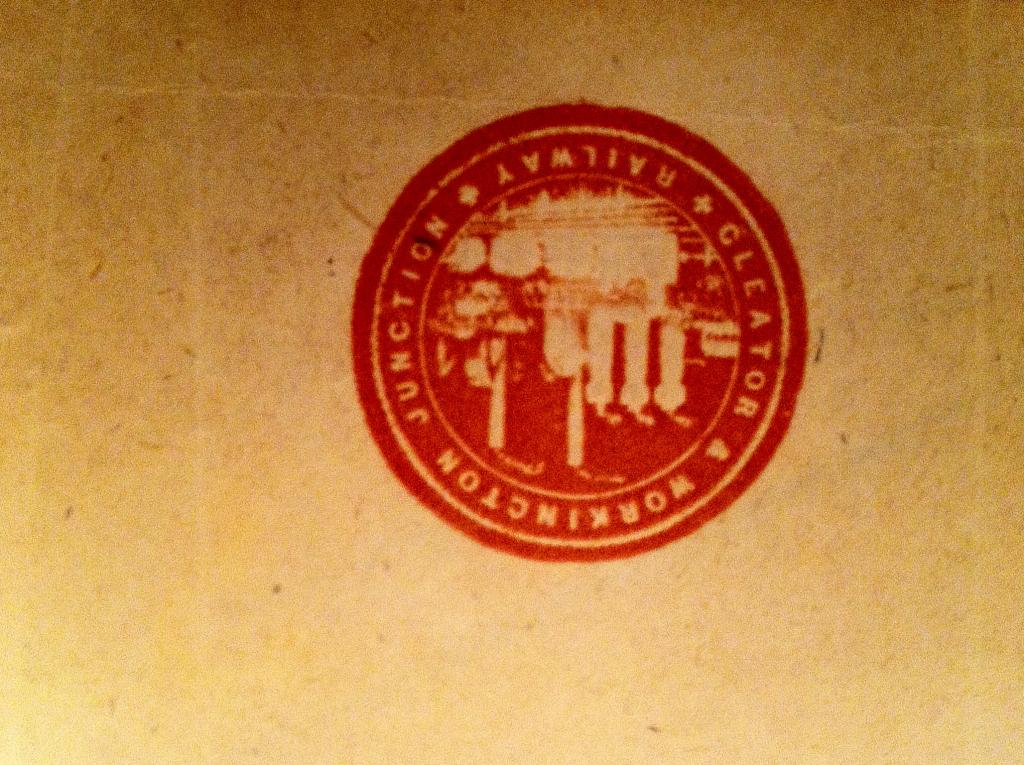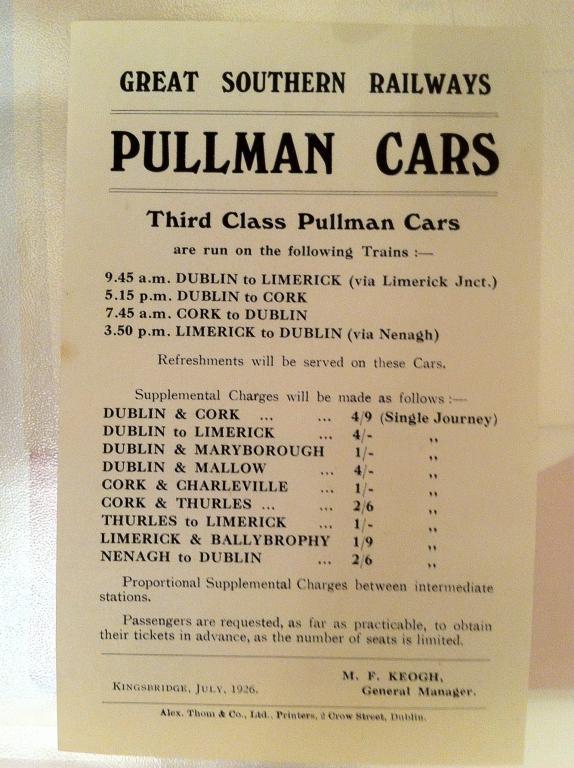-
Posts
15,837 -
Joined
-
Last visited
-
Days Won
393
Content Type
Profiles
Forums
Events
Gallery
Blogs
Store
Community Map
Everything posted by jhb171achill
-
A few old stationery odds and ends, and labels
jhb171achill replied to jhb171achill's topic in General Chat
-
That brake is a beauty. I always hoped an old full brake could run on the DCDR....
-
-
The Official Irish 'Might Have Beens' Thread
jhb171achill replied to minister_for_hardship's topic in General Chat
Like you, junctionmad, I hope you're wrong..... One thing; if the current infrastructure is more suited to a bygone age, and freight facilities are gone, there remains the possibility of restoring it - though costly of course. We'll see... -
A proper cooked dinner in a GSR dining car. Back in the day, this would have set you back three shillings (€0.21c / £0.15).
-
Now the time to get the best deals for next year's holidays. Roll on summer 1933! From the jhb171 catacombs.... Incidentally, I will sell this if anyone's interested - €10 plus post.
-
The Official Irish 'Might Have Beens' Thread
jhb171achill replied to minister_for_hardship's topic in General Chat
After the West Clare closed, Inchicore was to have given consideration to converting the three F class diesels into broad gauge shunters, or using the engines in new build shunters. -
Did anyone ever hear of the Silver Princess?
jhb171achill replied to jhb171achill's question in Questions & Answers
Interesting.... So it was probably red and cream when it was here..... -
-
Steam Train breakdown - Dart lengthy delays on Sat
jhb171achill replied to Noel's topic in What's happening on the network?
GSR, one of the RPSI's long standing members has "461" in his email address, and I have "171" in mine...... Pure coincidence, naturally..... -
Or, better still, does anyone know where it was trialled? Photos....? Maybe this all-silver creation was what was behind the decision to not paint new laminates and tin vans for a short time in the mid 50s.
-
Steam Train breakdown - Dart lengthy delays on Sat
jhb171achill replied to Noel's topic in What's happening on the network?
Haven't written one letter, GSR, and nor would I... as a former volunteer myself of many years! :-) Volunteers in any such organisation have a lot to do and contend with (for no pay) and I know that had anyone directly criticised anything I did, the answer would have been very unprintable indeed! In money-strapped days, the RPSI got a job lot of cheap maroon paint, and I meself applied it to carriages which (a) needed a repaint, and (b) were never painted that way in traffic! My point in making posts here is quite simply to provide historical accuracy for modellers, as the actual colour of something is the first thing that anyone notices about it. Perpetration of an incorrect livery in preservation will in the long term be misleading to anyone who aspires to accuracy in appearance.... -
Oh, I assumed it was one of the Gyles Quay ones.... but, yes, that's the carriage's origins, and there were several other bodies of the same type at Gyles Quay itself.
-
Have you any sets of points, and how much are you looking for?
-
Superb job!
-
So, if you've just snuffed it, how are you supposed to make up your coffin?
-
Just finished "ZZZ-ing" and its almost 2pm.....
-
Better seats, DiveC; there was just one coach in each set - they never ran together. A Pulman 3rd seat was much the same as a god 2nd class seat in an ordinary carriage. I'm not sure about fares - I must see if I can dig out information...
-
No, Broithe, I'm not coming back!!! :-)
-
That's an ex-GNR 3rd class six wheeler of 1880s vintage. he GNR tended to withdraw 30ft stock before the NCC, GSR companies, or, of course the BCDR. This one (at Gyle's Quay) is one of a number which have been there for years as holiday homes. I suspect it was withdrawn from traffic in the 1940s or thereabouts.
-
From the logo on the back of an envelope, printed before 80 BC, 100,000 years (to the day) before Stephenson's Rocket was invented..... From the jhb171 catacombs....
.png.c363cdf5c3fb7955cd92a55eb6dbbae0.png)


